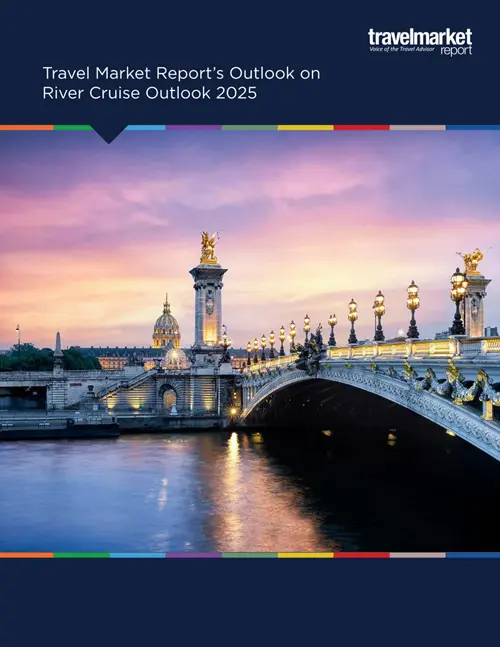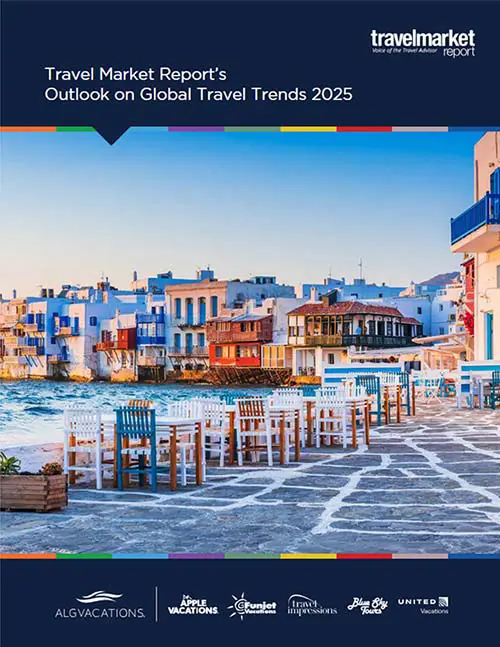Loving Joburg: Africa’s Vibrant, Golden City
by David Cogswell
Natural endowments and historical poignancy make Johannesburg one of the most vibrant cities on earth. Photo: Shutterstock
Johannesburg, the capital of South Africa, is unique on the surface of the earth. It may be the site where a giant golden meteor crashed during some prehistoric period, leaving the largest gold deposits on earth.
No one knows if there really was such a meteor, but there is no explanation for why 40 percent of all the gold mined in recorded history came from the Witwatersrand Basin over the last 120 years. Whatever the reasons for its extraordinary natural endowments, Joburg is a magical, vibrant place, and one of the most exciting places in Africa for a traveler to visit.
Gold was discovered on the Rand in 1886 and it started a gold rush that acted like a giant suction engine, pulling people from literally all over the world, seeking their fortunes, each trying to get a little piece of the golden riches of the Rand.
When Johannesburg was first settled as a mining camp in 1886, Cape Town, South Africa’s Mother City, was already 234 years old. But, with the rapid settlement in Johannesburg, the city quickly overtook Cape Town in population and became the largest city in South Africa, the business hub and cultural center of Southern Africa. Today, Johannesburg has a population of more than 4 million.
The Pan African experience
One of Joburg’s greatest attractions is its multicultural population. Since the rise of a new, democratic South Africa under Nelson Mandela in the 1990s, Johannesburg has been a magnet for migrant groups from different parts of Africa, as well as from beyond Africa. Though the influx of migrants brings management problems to a city already struggling with high unemployment, the result is a richly diverse and multicultural urban center humming with cultural electricity that you can feel as you walk down its streets.
In 1970, Joburg still had 75 percent of all the gold reserves in the world, and though its gold deposits are largely depleted, the mines still produce more than $4 billion in annual revenue. Gold was the starter engine of the economic generator that built the city and created the magnet that attracted millions of immigrants. Today, the people are the magnet attracting people to Johannesburg, as Southern Africa’s center of international culture.
The energy generated by the cultural cross-fertilization creates a palpable buzz in the atmosphere, especially in some of Joburg’s upcoming, revitalized districts.
The Arts in Maboneng
One of the most vibrant neighborhoods to visit in Joburg now is the Maboneng precinct, a blossoming arts district. The name means “place of light.”
The energetic arts district is under a threat of gentrification, forcing up property values and pushing the artists and craftspeople out of the area. But, for now, it’s a lively area to go walk around. It’s safe for walking, and a place where graffiti is raised to the level of a high art form.
Vendors sell t-shirts and other items that display faces of iconic world figures, providing a glimpse of which cultural figures resonate enough with international visitors to sell these products. It’s a curious combination of personalities — including Jimi Hendrix, Che Guevara, Bob Marley, Martin Luther King, Frida Kahlo and Marlon Brando — faces that somehow represent the aspirations of the people who live in or travel to South Africa.
Arts on Main is a lively market center in the Maboneng precinct where food vendors, artists and craftspeople gather to sell their wares on Sundays. It is busy, and crackling with the energy of a great diversity of people mingling and sparking off each other.
Mandela’s footsteps
This year, the 100th anniversary of Nelson Mandela’s birthday, South African Tourism has promoted the major sites of his life as tourism destinations, and many of them are in Johannesburg. Although Mandela is often associated with Cape Town because he spent so many years in Robben Island prison off the coast of Cape Town, most of the major points of his career actually took place in Johannesburg.
Johannesburg was where Mandela set up his first law office with his partner Oliver Tambo, now the namesake of Joburg’s international airport. This city was where most of Mandela’s political activities took place.
Soweto, Mandela and Tutu
Just outside of Joburg is Soweto, an abbreviation for Southwestern Township, where Mandela moved in 1946. Soweto is in the outskirts of Johannesburg, is easily accessible and often included in tours of the city because it is so important in South Africa’s history. Soweto was also the early home of Nobel Peace Prize recipient Archbishop Desmond Tutu.
Soweto is a good place to observe what the townships were like historically, when they were established to move the black population away from the white population. Mandela’s home in Soweto is now a public museum and it’s possible to walk through the tiny home and see it very much the way it looked when he lived there.
The Apartheid Museum
In the Ormonde section of Johannesburg, not far from downtown, is The Apartheid Museum, which is one of the best places to learn a great deal about the history of apartheid in a short time.
Packed with exhibits in the form of artifacts, displays, dioramas, videos and pictures, the museum relates the drama and tragedy of apartheid with high impact. When you enter the museum, you enter another world. You are transported through time and space to a zone where you can observe and almost participate in the apartheid experience yourself. If you spend a couple of hours there, you will be an altered person when you leave.
It provides a survey of the history of South Africa leading up to the 1948 victory of the Nationalist Party, and then zeroes in closely on the history of the minority party that took advantage of a split in its opposition to move into power and quickly pass laws that institutionalized racism and created the world of apartheid, which was designed to insure the dominance of the white minority.
You can relive the story through news footage, some of it grisly and chilling, through the struggles and the final demise of the sadly misguided and brutal system.
Liliesleaf, rich in historical legacy
Liliesleaf, in the pastoral Johannesburg suburb of Rivonia, was a secret headquarters of anti-apartheid activism, once “the nerve centre of the liberation movement and a place of refuge for its leaders,” according to the website of what is now a museum constructed in homage of those leaders.
Besides its visual exhibits and artifacts, it provides listening stations for interviews of some of the participants in that time period, which really bring the history to life.
Liliesleaf is still one of the lesser known tourist sites Johannesburg, largely undiscovered but rich in historical legacy for those who want to understand South Africa and the struggles that have made it what it is today.
It is the place where government agents found Nelson Mandela’s personal papers, which he had wanted destroyed. The person entrusted with the papers could not bear to destroy them, so instead buried them. But when the police searched Liliesleaf, they found the papers, putting Mandela in much greater jeopardy than he was already in at that point.
The tragic, high drama of the liberation movement is told vividly through the exhibits at Liliesleaf in a three-hour tour.
These are only a few of the experiences that make Johannesburg one of the most vibrant cities on earth. It’s a third of the way around the world from New York, but once you get there, it is well worth the trip.
























